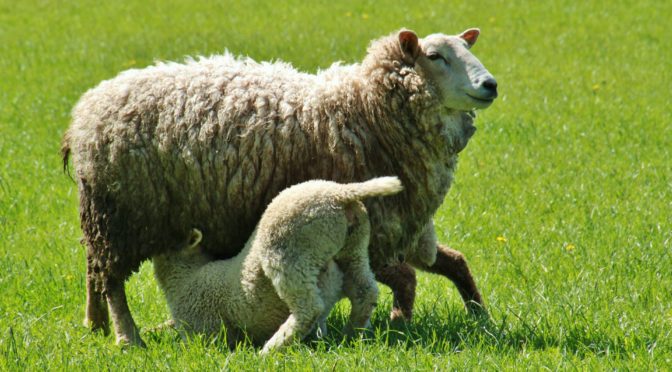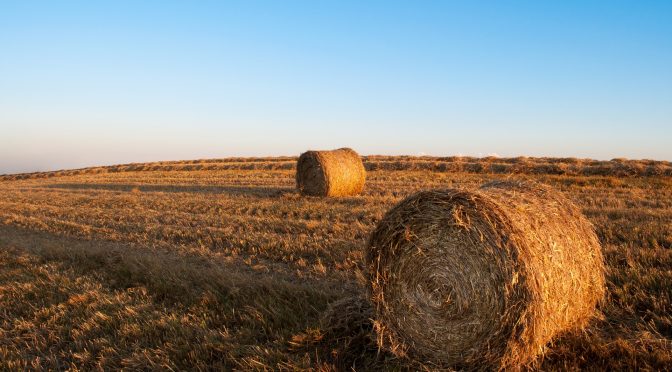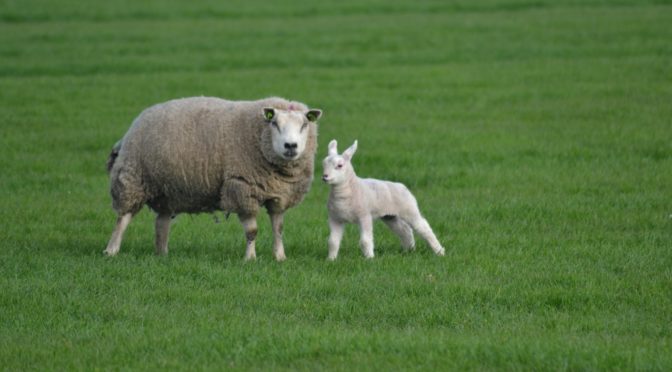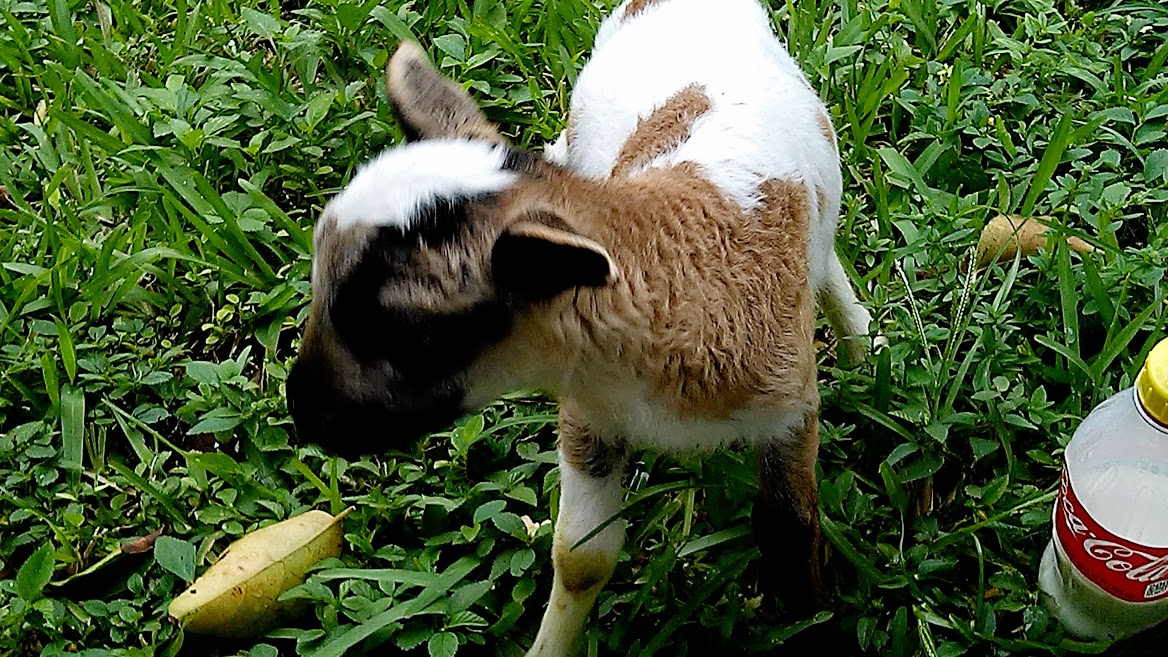Notice of Denial of Agricultural Classification of Land! Agricultural Classification/Greenbelt application disapproved…!
It’s that time again.
We can help!
All denials of Agricultural Classification/Greenbelt applications and renewals must be mailed by the county property appraiser no later than July 1. The denial of all or part of the acreage in an original application (form DR-482) will be recorded on the bottom of the form, action 2 or 3. DR-490, Notice of Disapproval of Application for Property Tax Exemption or Classification by the County Property Appraiser, will be used as the denial notice for Greenbelt renewals.
What do you do now? You must take action immediately , the decision is final no later than 30 days from the postmark date on the denial notice. Some property appraisers mail out denial notices prior to July 1; i.e., your time frame for action may be prior to the end of July or may have already expired. If after receiving the denial notice, you are unable to convince the property appraiser your property is qualified for Greenbelt, and want to appeal the denial, you must file a petition (DR-486) to the Value Adjustment Board by the 30th day following the postmark date. The Value Adjustment Board will determine hearing dates later; and, you will be notified. If you are unsure you want to appeal to the Board, you must file the petition in order to reserve your right to appeal.
You have several options for addressing the denial.
The property must be used primarily for bonefide commercial agricultural purposes to qualify for Greenbelt. If the property is not qualified and no changes in current use are planned, you may simply accept the denial.
You may accept the denial for the current year and file again next year when your actions, activities, and use increase and the property will more likely comply with the requirements. We can assist you with qualifying your property for Greenbelt classification.
You may appeal the current denial to the Value Adjustment Board.
Contact us for assistance with your appeal or with your reapplication.







